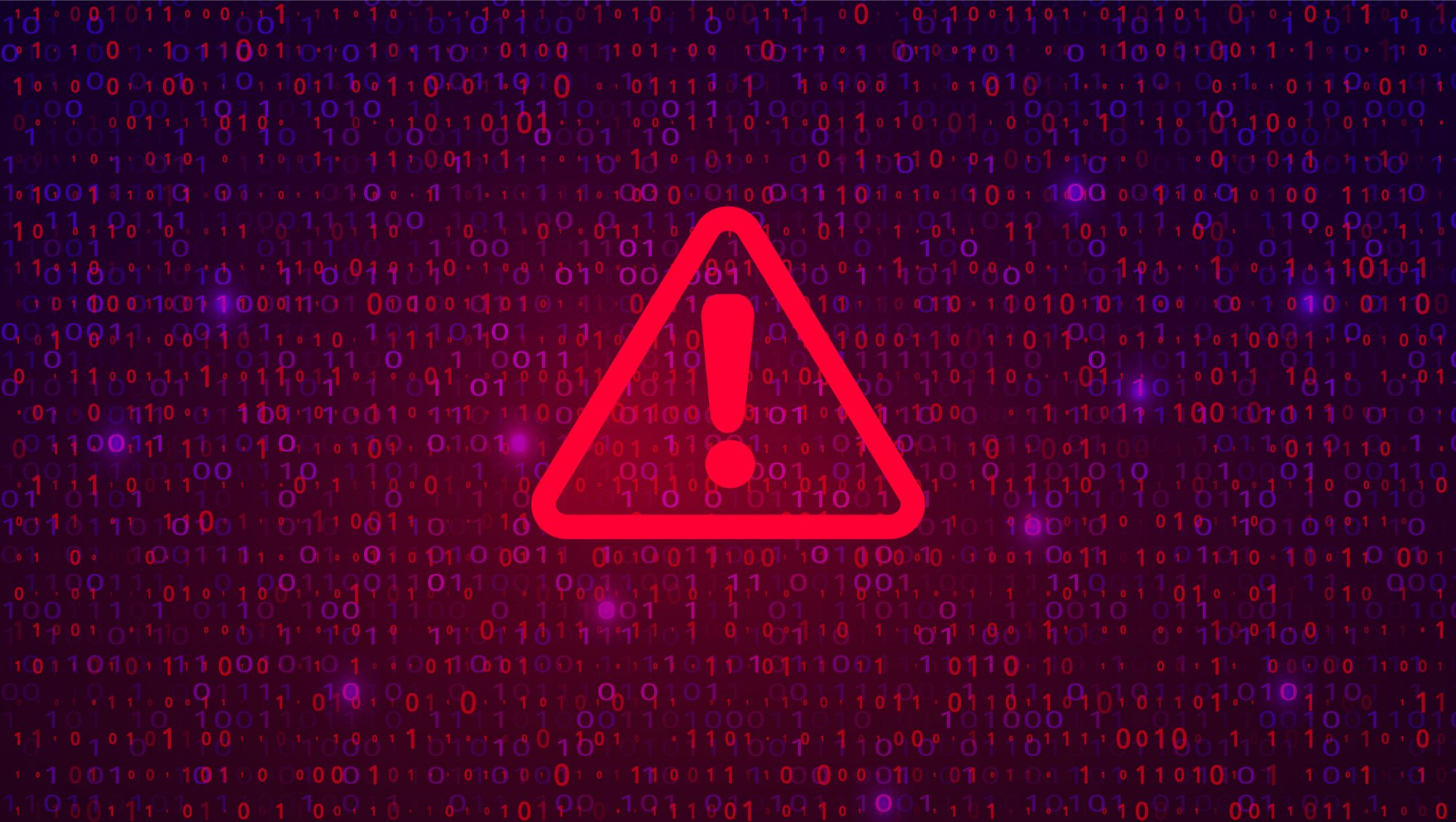IT administrators using Veeam’s Backup & Replication solution are being urged to immediately apply patches after the discovery of critical vulnerabilities.
“Multiple vulnerabilities (CVE-2022-26500, CVE-2022-26501) in Veeam Backup & Replication allow executing malicious code remotely without authentication,” Veeam warned in an alert over the weekend. “This may lead to gaining control over the target system.”
The Veeam Distribution Service (TCP 9380 by default) allows unauthenticated users to access internal API functions, the alert explained. “A remote attacker may send input to the internal API which may lead to uploading and executing of malicious code.”
These CVEs affect all versions from 9.5.4.2866 (4b) to 11.0.1.1261 P20211211. The patches are for versions 10a and 11a. If you are running any Veeam Backup & Replication version between 9.5 U4b (9.5.4.2866) and 11 (11.0.0.837 P20210525), you must upgrade to version 11a P20220302.
The only safe version of Veeam Backup and Replication (in regards to the CVEs disclosed, that is) is 11.0.1.1261 P20220302.
Veeam added the following details:
- the patch must be installed on the Veeam Backup & Replication server. Managed servers with Veeam Distribution Service will be updated automatically after installing the patch;
- all new deployments of Veeam Backup & Replication version 11 and 10 installed using the ISO images dated 20220302 or later are not vulnerable;
- admins using Veeam Backup & Replication 9.5, must upgrade to a supported product version;
- admins that have to temporarily mitigate the vulnerabilities need to disable the Veeam Distribution Service. The Veeam Distribution Service is installed on the Veeam Backup & Replication server and servers specified as distribution servers in Protection Groups.
In addition to closing the door on these two vulnerabilities, the patches also fix two other problems:
- A bug in Veeam Backup PS Manager (CVE-2022-26504). It allows authentication using non-administrative domain credentials. A remote attacker may use the vulnerable component to execute arbitrary code, the company said.
Note that the default Veeam Backup & Replication installation is not vulnerable to this issue. Only Veeam Backup & Replication installations with an SCVMM server registered are vulnerable; - and one in Veeam Agent for Microsoft Windows (CVE-2022-26503). Veeam Agent for Windows uses Microsoft .NET data serialization mechanisms, the company explained. A local user may send malicious code to the network port opened by Veeam Agent for Windows Service (TCP 9395 by default), which will not be deserialized properly.
